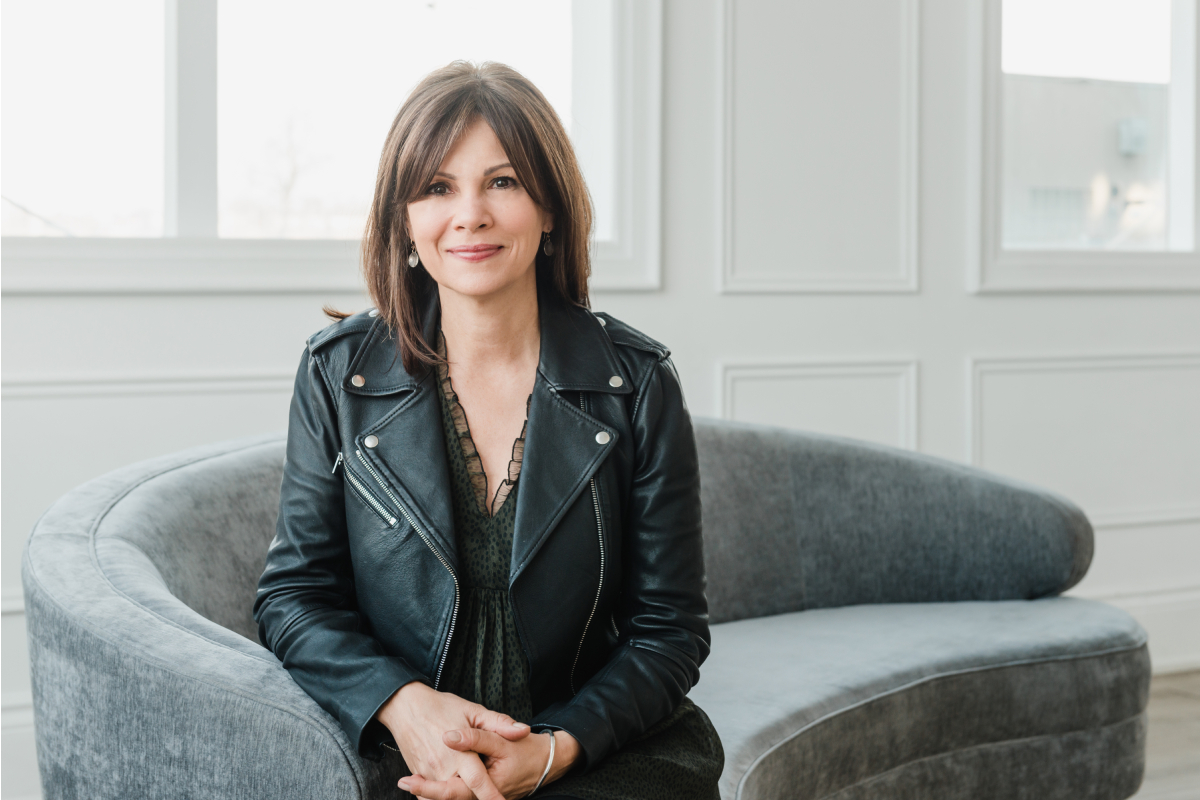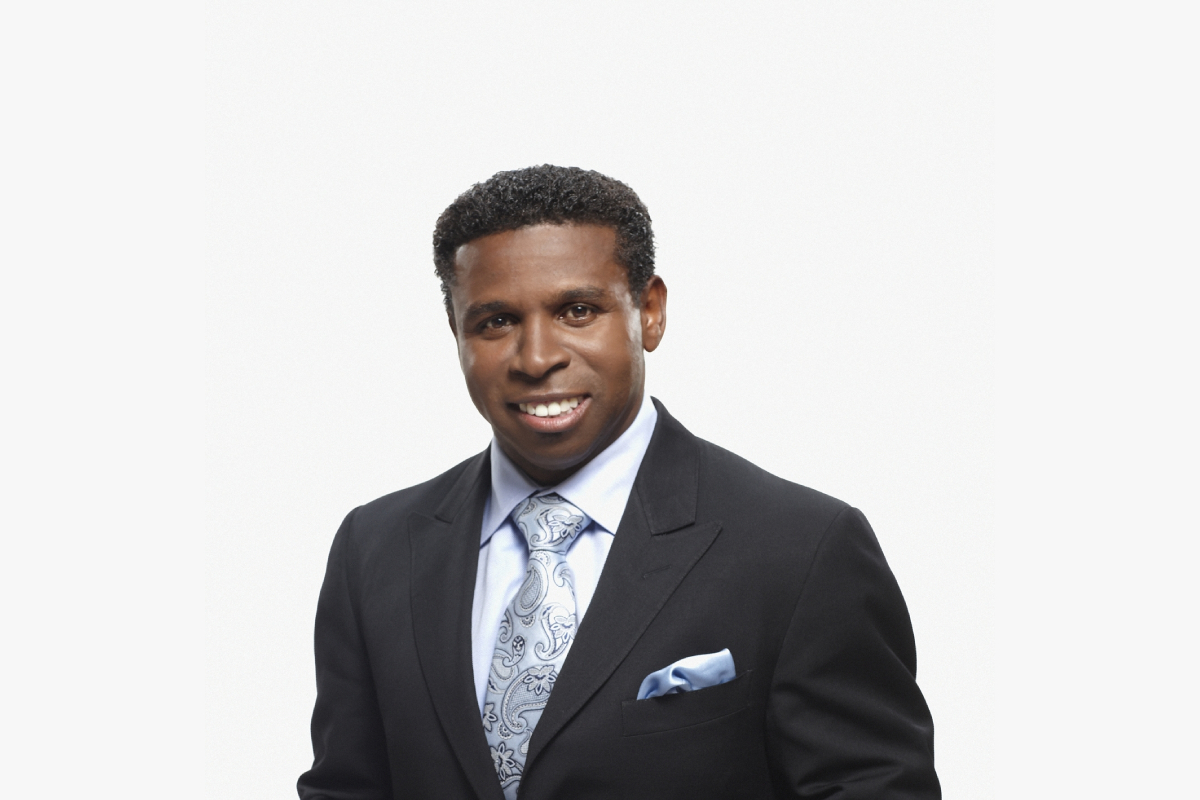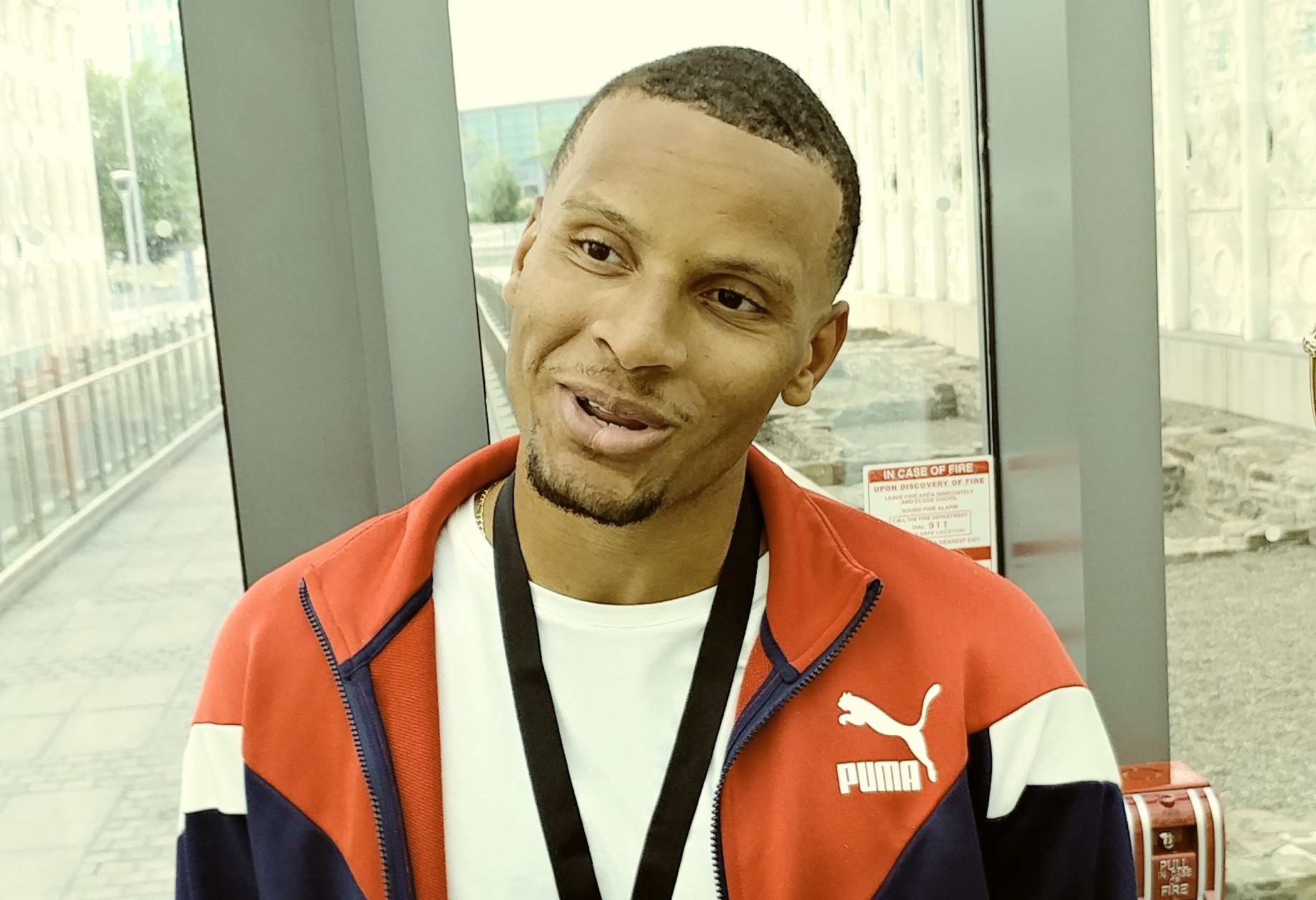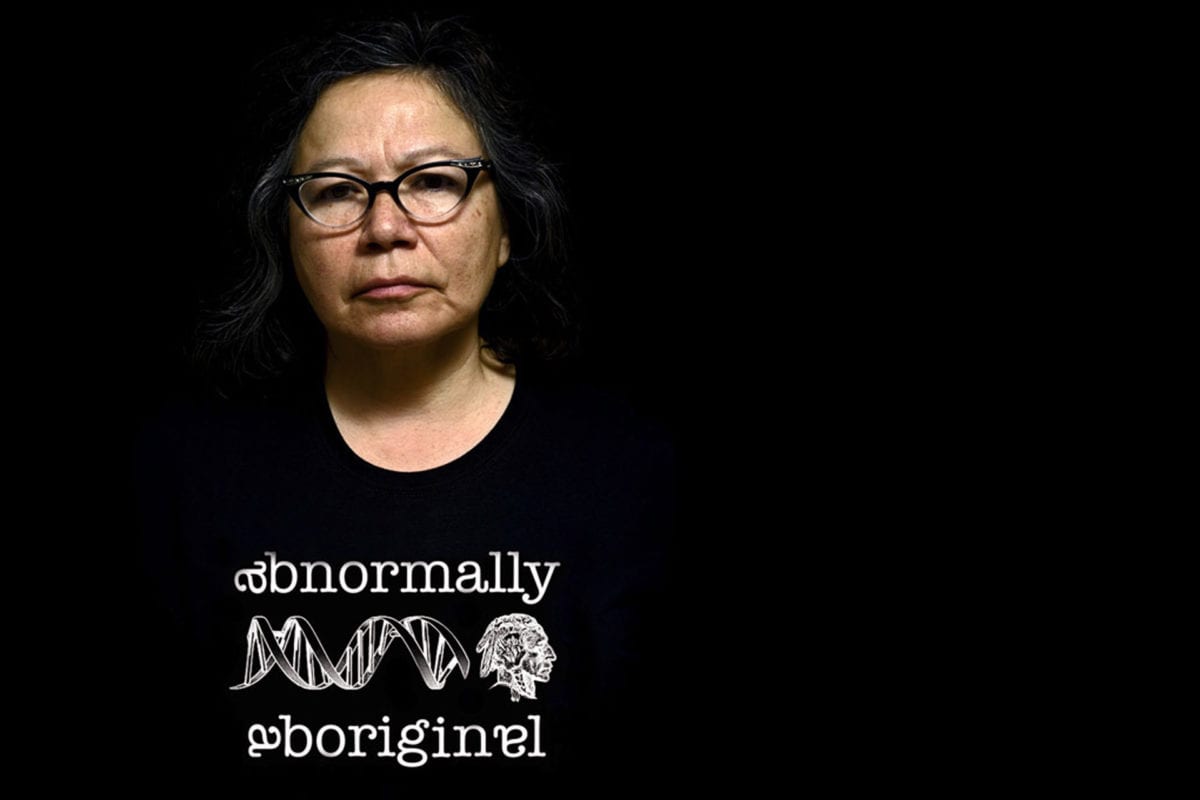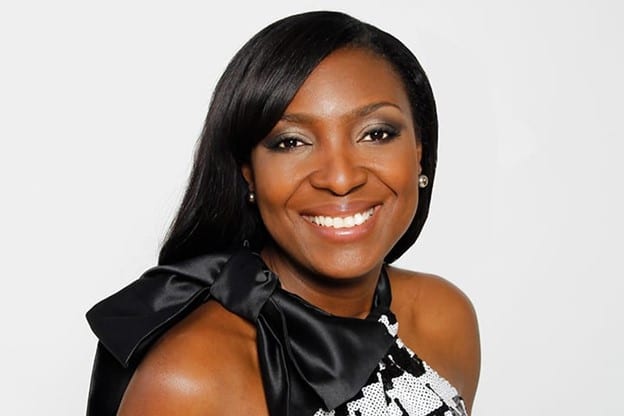With her impressive background at Scotiabank, CIBC, Rogers, Mr. Lube, and Coast Capital, Rachael MacKenzie-Neill now brings her wealth of experience and knowledge to BGC Canada. At BGC, her work focuses on branding, digital marketing initiatives and partnership development.
The Edge had the pleasure of chatting with MacKenzie-Neill, discussing her motivation to take up a leadership role in a not-for-profit organization, BGC’s recent rebranding, changes she has seen in the marketing landscape, and her leadership style. She also provides valuable insights on how brands and people can market themselves effectively.
Given that you are a consummate marketing professional who has previously served in corporate environments, what motivated you to take up your current role as Vice President of Marketing and Development for a not-for-profit organization?
I had been on the corporate side for a long time and was certainly feeling or wishing for something that was more values-driven. When BGC Canada presented itself to me as an opportunity, it was the perfect fit — and not just because my daughter learned how to swim at one of our Clubs. The work that Clubs do in supporting communities really resonates with me.
And the pandemic has borne that out in more ways than I could’ve imagined. I’ve watched our Clubs provide emergency food relief, mental health check-ins for young people, virtual programming, support packages delivered to homes, and more. It’s been incredible, so in every way, this job has answered what I was looking for in my career and in my life.
You recently led a major rebranding. Tell us why the switch to BGC Canada was so important for the organization and for you as a marketing professional.
Any time you join an organization, one of the first marketing challenges is always brand identity. That’s an enormous opportunity that any marketer would jump at. But in this case, the change from Boys and Girls Clubs of Canada to BGC Canada wasn’t done to be trendy — it was imperative to communicate to the public that Clubs open their doors to all children and youth across the country, that we are a place of inclusion.
We knew “boys and girls” is a bit dated, and it doesn’t capture the fact that we support young people into their twenties. Shifting to BGC helped with that problem and modernized our name by removing gender, without losing our heritage and existing awareness. We are a 120-year-old organization in this country, yet we grapple with the challenge of being “well-known, but not known well.” Our name change will allow us to build on the narrative of who we are and what we do.
Having started your career in the ‘90s, the tremendous shift in technology since then has drastically changed the marketing landscape. What personal development was required for you to adjust to new technologies? How much of the current work in marketing is now digital-based?
It is all digital now. The way that we used to approach marketing in the ‘90s was just so completely different. We used fewer mediums — print, television, radio, or out-of-home — and focused on reaching target audiences with a mass approach. One of the biggest shifts has been extremely targeted outreach, especially as a not-for-profit without much budget. I don’t play in mass mediums anymore.
And that echoes another adjustment: the speed of the ever-changing media landscape. Through the ‘90s, it was a pretty static approach to mass media — it didn’t change much. Now it looks completely different because of the many new platforms, new ways of understanding, new technological capabilities that allow you to target even better, understanding how people retain messages, how to create impact in these new spaces, and so on.
How would you define your leadership style?
I’ve really thought about this over the last year and a half, which is also how long I’ve been with my team. If we were all in-person, we might bump into each other two or three times in the day and have quick conversations and that would get things done very quickly. Now to have those conversations, we have to schedule a time. We have to be deliberate in how we connect. And that results in an increased need for collaboration and an absolute increased need for trust — I can’t pop in and see what my team is working on and talk through things. So, the level of trust that we require in each other has gone up exponentially.
I’ll be honest — I can’t wait to be back in-person. I just firmly believe that leaders, no matter where they are, have lost something because of the lack of in-person, human connection.
What would your advice be for brands or people interested in marketing themselves well?
I think we often see “aspirational” brands. By that, I mean brands built on the hope that the organization will catch up to its aspirations. No matter how great the creative, the brand will never be as successful as you’d like because it can’t deliver on the promise it’s making — the product or organization is catching up.
The significant change from Boys and Girls Clubs of Canada to BGC Canada and our tagline “Opportunity Changes Everything” is a reflection of who we really are. If a young person walks into one of our Clubs, they will find opportunities. Maybe they need help with homework, help in terms of mapping out a career or job training, or maybe they’re a new Canadian and need help learning about their new community. All these things and more happen in a Club — and any of those opportunities could change everything for that young person. A brand that lives up to its promise.
Arslan Ahmed | Staff Writer

